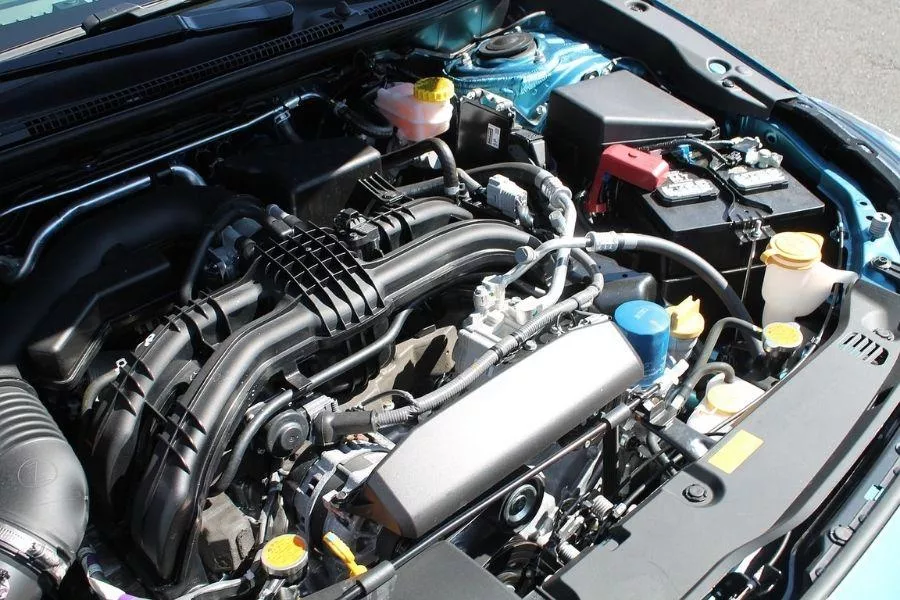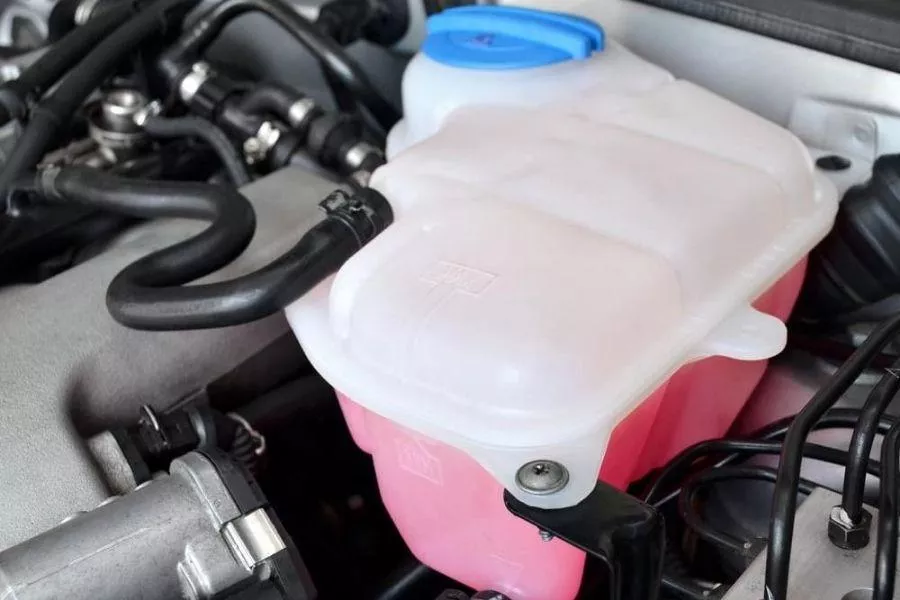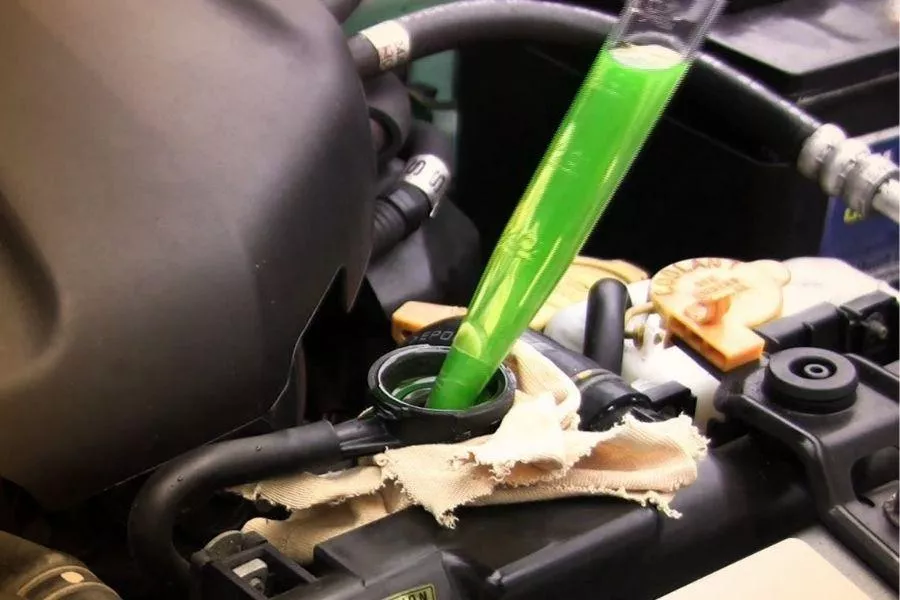Many of those driving a new car are keen on following the manufacturer’s recommendations for as long as the vehicle warranty is in force. This includes using genuine parts and consumables while observing the scheduled maintenance intervals.

Car owners are conscious about having their engines run smoothly
One of these is the coolant, which comes as no surprise considering the role it plays in keeping the engine within safe operating temperatures. Best results are ideally achieved when using coolant from the vehicle manufacturer, since it’s formulated to comply with the car’s technical specifications.
However, the trouble with coolants from OEM (original equipment manufacturers) is the limited availability. It’s not a big deal if you can easily scoot off to the nearest dealership, but it becomes a problem for those living in areas that are not covered by a brand’s service network. Low coolant levels are always a cause for concern, and some car owners will understandably entertain thoughts of purchasing a more readily available aftermarket brand just to top up the fluid.
 If the coolant in the reservoir runs low, you need to top up
If the coolant in the reservoir runs low, you need to top up
If you’re one of those contemplating on mixing the coolant that’s currently in your car with another brand, a degree in Chemistry will come in handy. That’s because blending different types of coolant is not as simple as it sounds.
The kinds of coolant available in the market can be broken down into three main types. Some use inorganic acid technology (IAT) that contain phosphates (corrosion inhibitors) and silicates. Others are based on organic acid technology (OAT) that have azoles and neutralized organic acids instead. Then there are those formulated with hybrid organic acid technology (HOAT), which is a combination of the first two.
 Take a closer look at the coolant brand's formulation, not just the color
Take a closer look at the coolant brand's formulation, not just the color
While they are usually differentiated by color (green and orange being the most common), appearances are not a reliable indicator for matching coolant types. If you mix coolants of the same hue but have incompatible formulas, they’ll end up canceling out each other’s anti-corrosion properties and form a gum-like substance, damaging the engine's cooling system components such as the water pump.
If you want to use another coolant brand, you’ll need to have the existing fluid flushed out from the car’s engine first, best done by a professional. Afterwards, you can put in the aftermarket blend of your choice.
Find more tips for beginner car owners at Philkotse.com.
Recent posts
- coolant level newbie guide Jun 15, 2021
- why is my coolant low but no leaks Mar 22, 2021
- Car maintenance: How to check the engine's good coolant level Nov 30, 2022
- Distilled water vs Coolant: Which is the best product for your radiator? Mar 06, 2021












